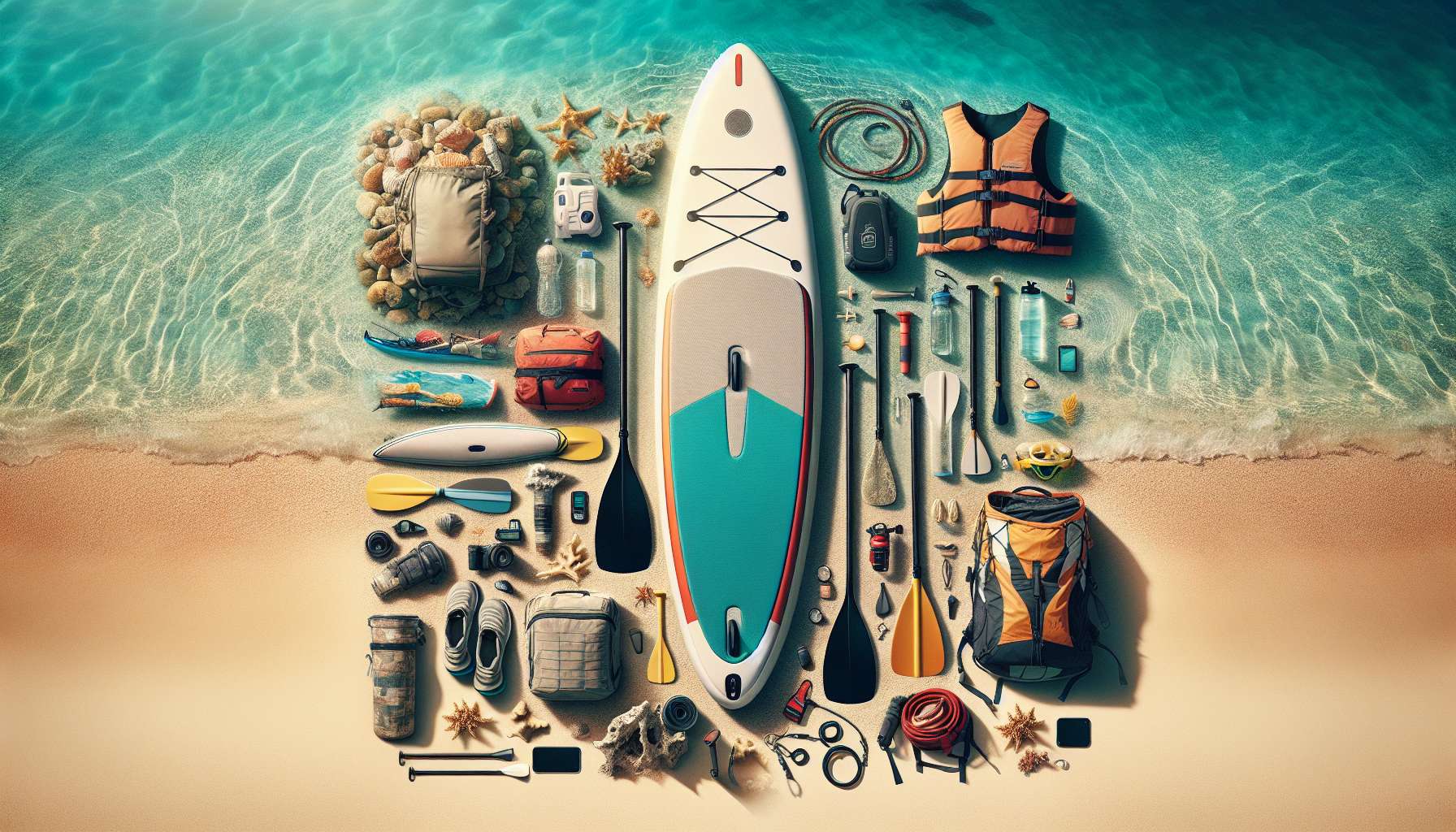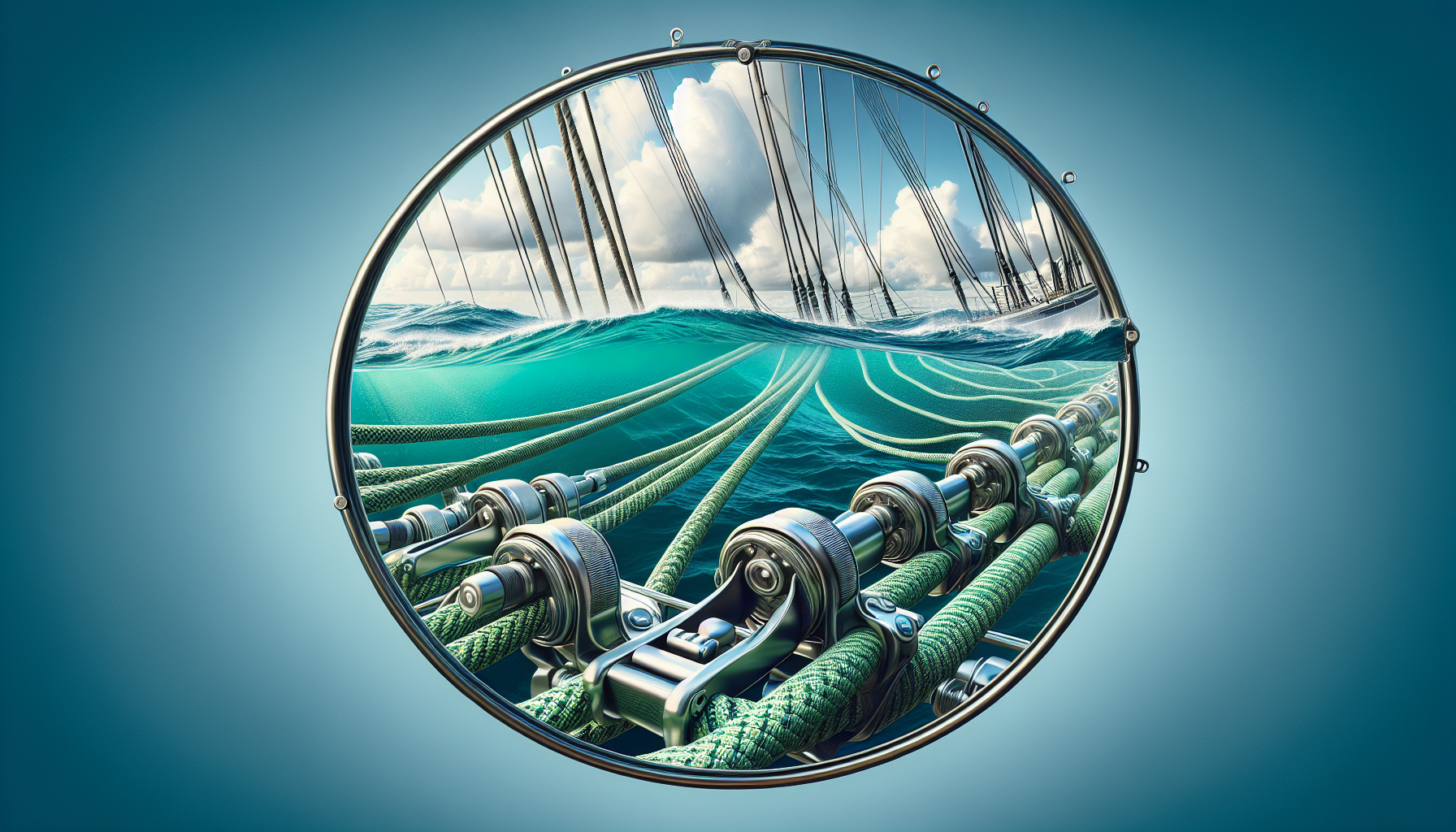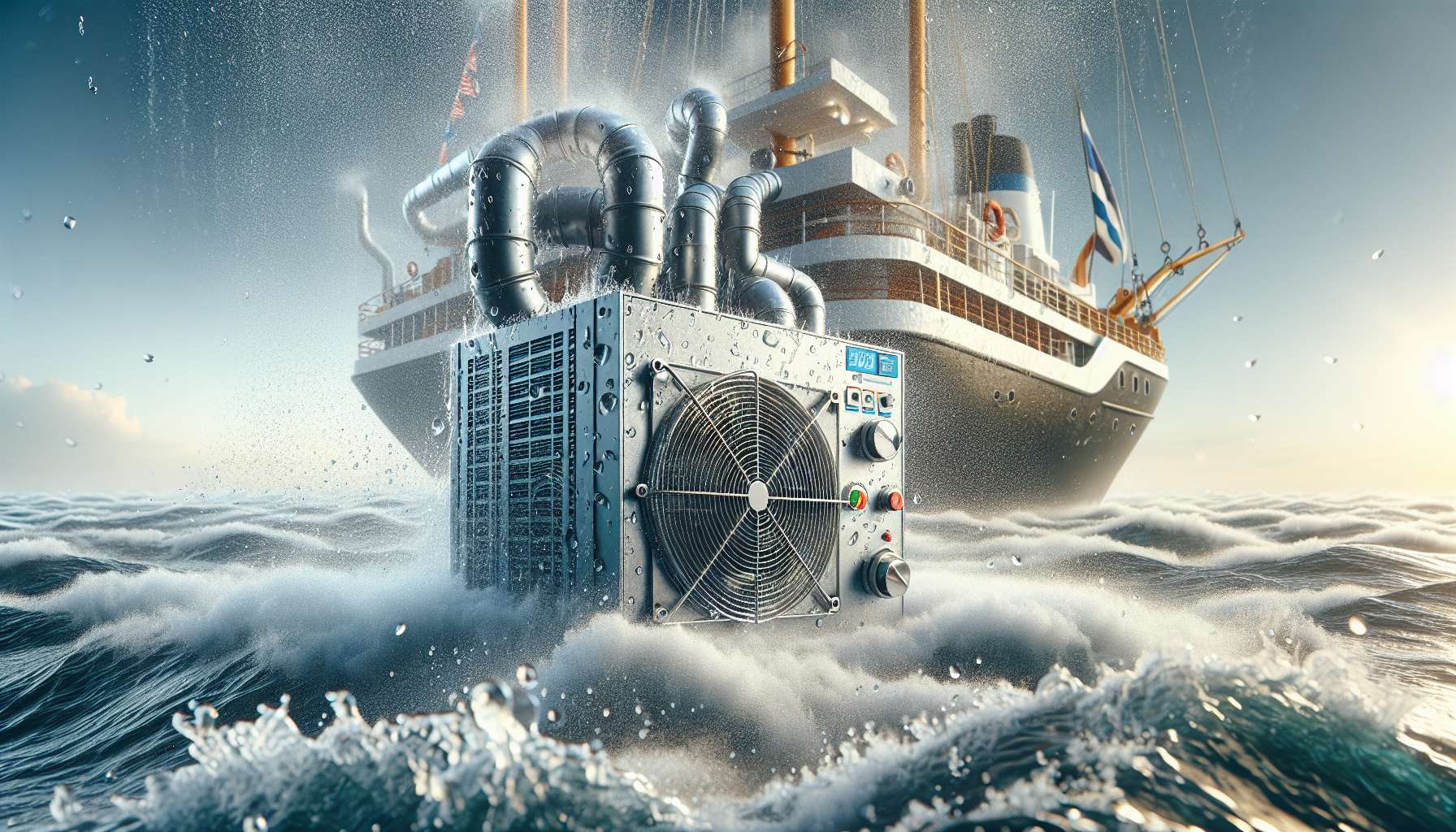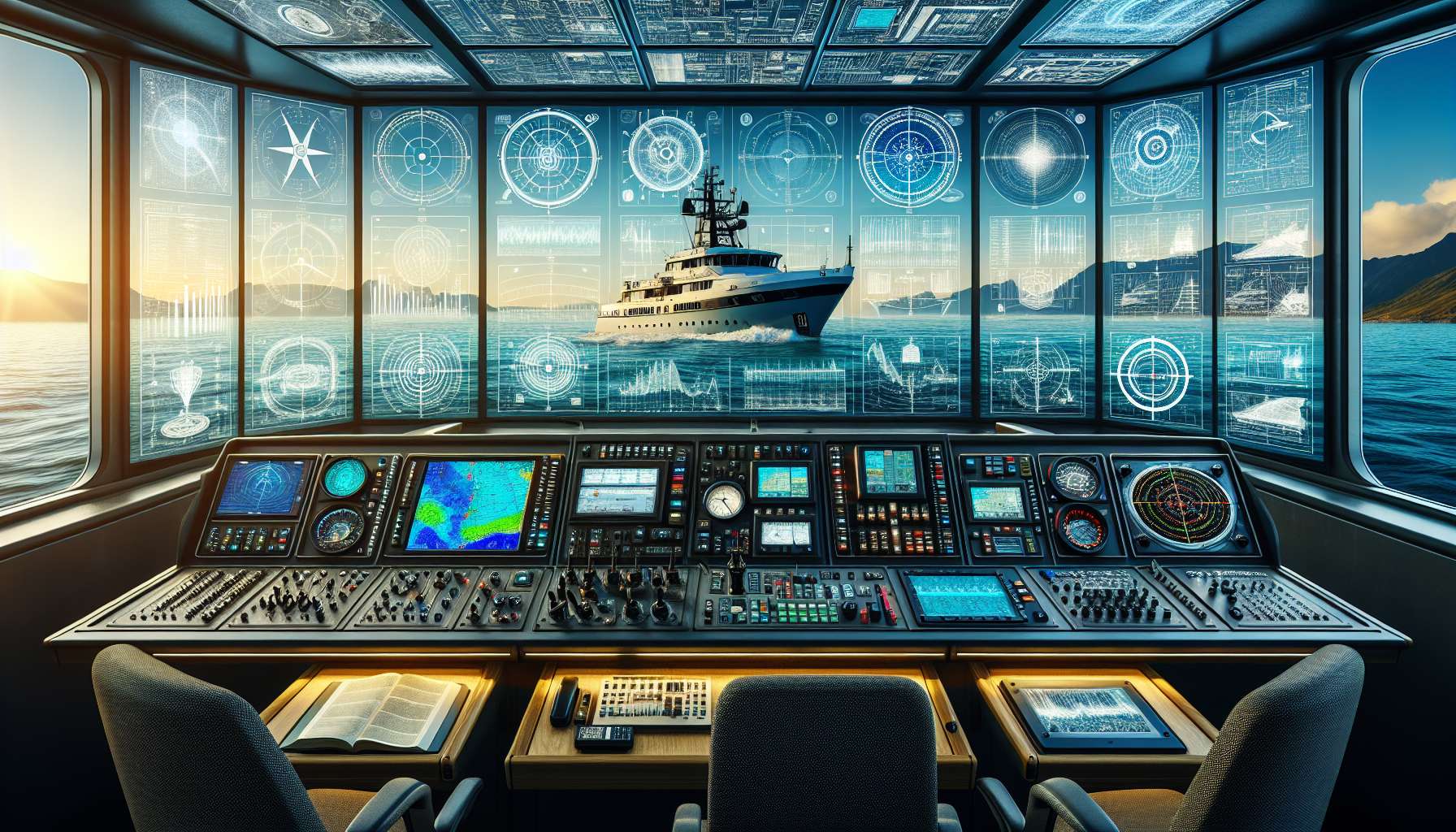Paddleboarding Gear: A Comprehensive Guide
Are you ready to dive into the exciting world of paddleboarding gear? Whether you’re a beginner looking to get started or an experienced paddleboarder wanting to upgrade your equipment, this guide has got you covered. From paddles to boards to safety gear, we’ll explore everything you need to know about the essential gear for this popular water sport. So, grab your board and let’s paddle into the details!
The Evolution of Paddleboarding Gear
Let’s start by delving into the history of paddleboarding gear. Paddleboarding, also known as stand-up paddleboarding or SUP, has its roots in ancient Polynesian cultures. Originally used as a means of transportation and fishing, paddleboarding has evolved into a recreational activity enjoyed by people all over the world. As the sport has grown in popularity, so too has the variety and quality of paddleboarding gear available.
Modern paddleboarding gear is designed to enhance the paddling experience, making it easier and more enjoyable for participants of all skill levels. From inflatable boards to carbon fiber paddles, the options are vast and diverse. Let’s take a closer look at some of the key components of paddleboarding gear.
Paddleboards
The most essential piece of paddleboarding gear is, of course, the paddleboard itself. Paddleboards come in a variety of shapes, sizes, and materials, each suited to different types of paddling and water conditions. Beginners may prefer wider, more stable boards, while experienced paddlers may opt for narrower, faster boards designed for racing or surfing.
When choosing a paddleboard, consider factors such as length, width, thickness, and volume. Longer boards provide more stability and glide, while shorter boards are more maneuverable. Wider boards are easier to balance on, while narrower boards are faster in the water. Thickness and volume affect buoyancy and weight capacity, important considerations for paddlers of all sizes.

Paddles
Next up, let’s talk about paddles, another essential piece of paddleboarding gear. Paddles come in a variety of materials, including aluminum, fiberglass, and carbon fiber. The material of the paddle affects its weight, durability, and performance in the water. Carbon fiber paddles are lightweight and stiff, making them ideal for long-distance paddling and racing.
When choosing a paddle, consider factors such as length, blade size, and shaft shape. The length of the paddle should be based on your height, with taller paddlers requiring longer paddles. Blade size affects power and efficiency, with larger blades providing more power but requiring more effort to paddle. Shaft shape can be round or oval, each with its own advantages in terms of comfort and grip.
Leashes and Safety Gear
Safety should always be a top priority when paddleboarding, which is why leashes and other safety gear are essential components of paddleboarding gear. Leashes attach you to your board, preventing it from drifting away if you fall off. Leashes come in different lengths and styles, including ankle leashes and coiled leashes that minimize drag in the water.
In addition to leashes, consider wearing a personal flotation device (PFD) or life jacket while paddleboarding, especially in rough water or cold conditions. A PFD can save your life in the event of an emergency, so don’t hit the water without one. Other safety gear to consider includes a whistle, signaling device, and sun protection such as sunscreen and a hat.
Accessories
Finally, let’s explore some of the accessories that can enhance your paddleboarding experience. From waterproof phone cases to deck bags to waterproof speakers, there are countless accessories available to make your time on the water more enjoyable. Some accessories are practical, like hydration packs and dry bags, while others are purely for fun, like GoPro mounts for capturing your adventures.
When choosing accessories, consider factors such as durability, ease of use, and compatibility with your board and paddle. Look for accessories that are designed specifically for paddleboarding, as they are more likely to meet the unique needs of the sport. Whether you’re paddling for fitness, relaxation, or adventure, the right accessories can take your experience to the next level.
Expert Opinions
To provide further insight into the world of paddleboarding gear, let’s hear from some experts in the field. John Smith, a professional paddleboarder and instructor, emphasizes the importance of high-quality gear for a safe and enjoyable paddling experience. “Investing in the right gear can make all the difference,” says Smith. “From boards to paddles to safety equipment, having the right gear can enhance your skills and confidence on the water.”
Jane Doe, a paddleboarding enthusiast and gear reviewer, shares her top picks for paddleboarding gear. “I’ve tried a lot of gear over the years, and there are a few brands that consistently stand out for their quality and performance,” says Doe. “Do your research, read reviews, and don’t be afraid to invest in gear that will last and perform well in a variety of conditions.”
Common Misconceptions
Despite its growing popularity, paddleboarding gear is still subject to some common misconceptions. One of the most prevalent myths is that inflatable paddleboards are inferior to hard boards in terms of performance and stability. In reality, inflatable boards have come a long way in recent years, with many models offering comparable performance to hard boards.
Another misconception is that paddleboarding gear is expensive and out of reach for the average person. While high-end gear can be pricey, there are plenty of affordable options available for beginners and casual paddlers. By doing your research and shopping around, you can find quality gear that fits your budget and needs.
Comparative Analysis
When comparing different types of paddleboarding gear, it’s important to consider factors such as price, performance, durability, and ease of use. Inflatable boards, for example, are often more affordable and easier to transport than hard boards, but they may not offer the same level of performance in rough water or strong currents.
Similarly, carbon fiber paddles are lightweight and efficient, but they can be more expensive than aluminum or fiberglass paddles. Safety gear, such as leashes and PFDs, is essential for all paddlers, regardless of skill level or experience. By weighing the pros and cons of each type of gear, you can make informed decisions that suit your paddling style and preferences.
FAQs
1. What is the best type of paddleboard for beginners?
2. How do I choose the right size paddle for my height?
3. Do I need a leash when paddleboarding?
4. What safety gear should I wear while paddleboarding?
5. Are inflatable paddleboards as durable as hard boards?
Conclusion
To wrap things up, paddleboarding gear is essential for a safe and enjoyable paddling experience. From boards to paddles to safety gear, each piece of equipment plays a crucial role in enhancing your skills and confidence on the water. By investing in high-quality gear and taking the time to choose the right equipment for your needs, you can make the most of your paddleboarding adventures.
Whether you’re a beginner just starting out or an experienced paddler looking to upgrade your gear, there are endless options available to suit your preferences and budget. So, gear up, hit the water, and enjoy the thrill of stand-up paddleboarding with the right gear by your side.




